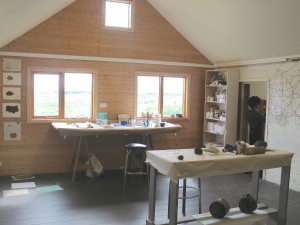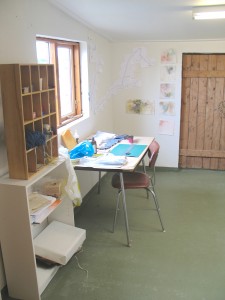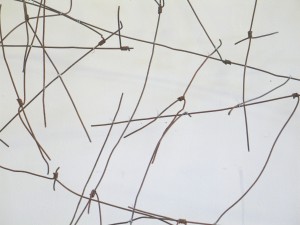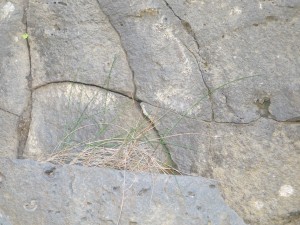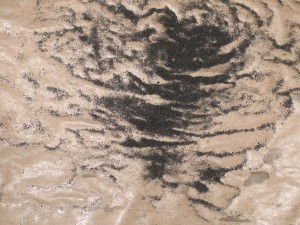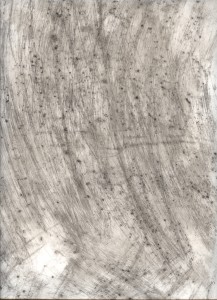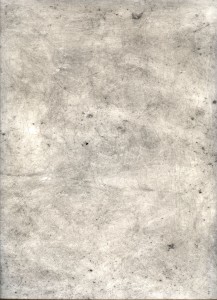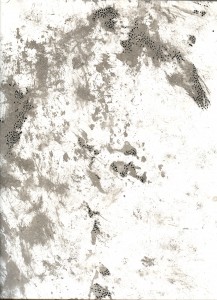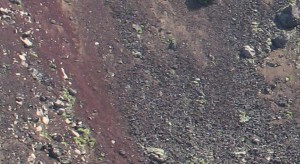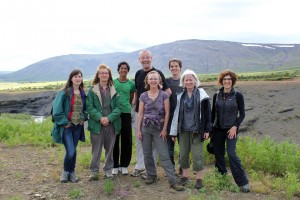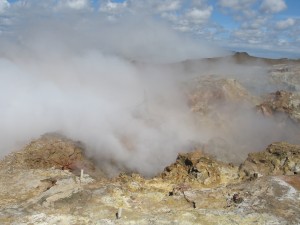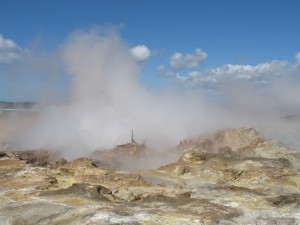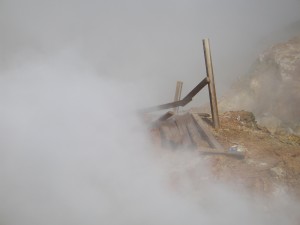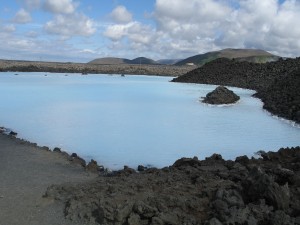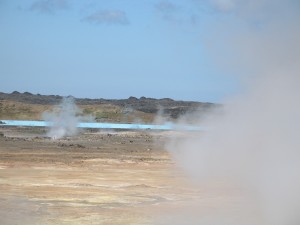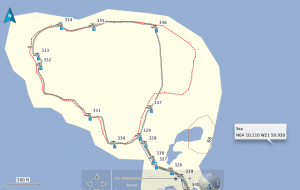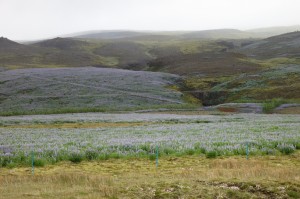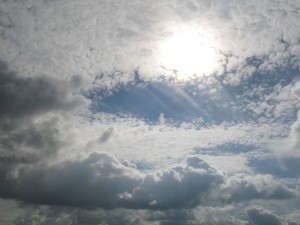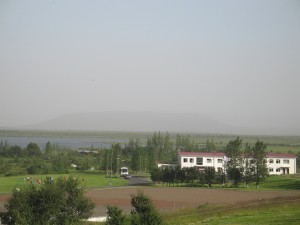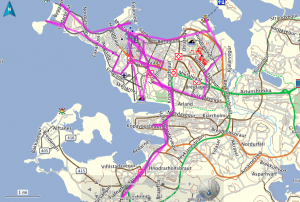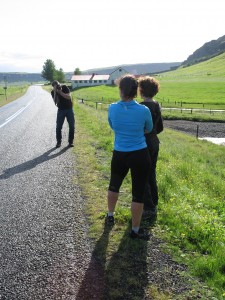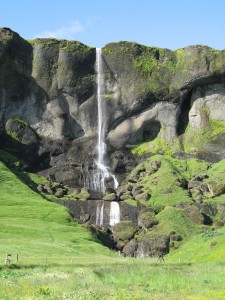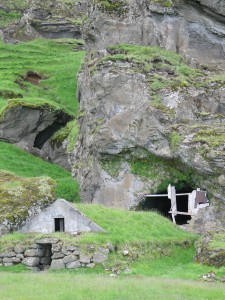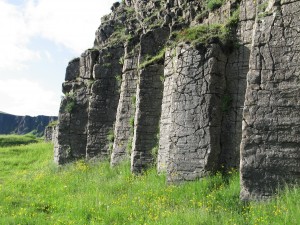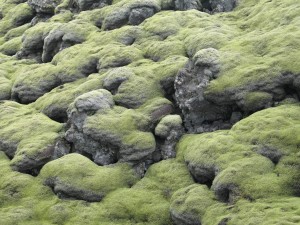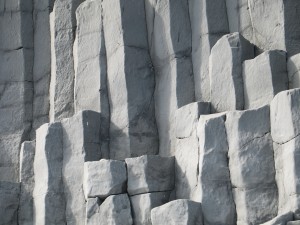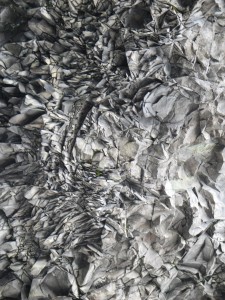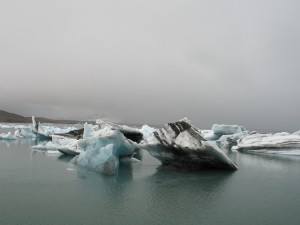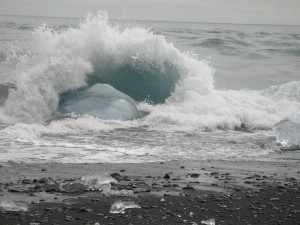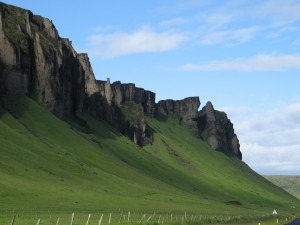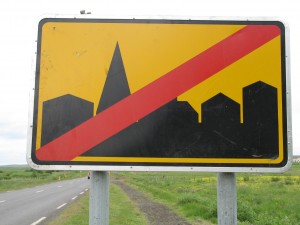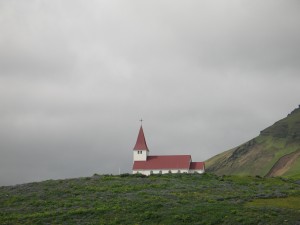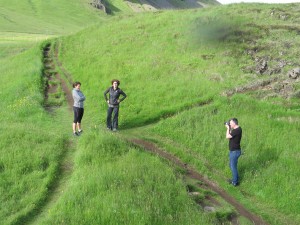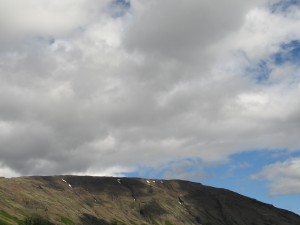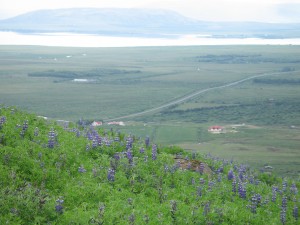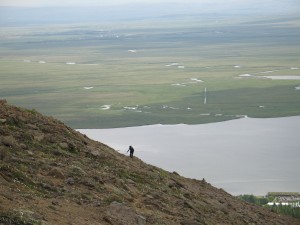I'm home now after a memorable and wonder filled six weeks of work and travel in Iceland, accumulating experiences, meeting people and photographing the dramatic land, water and sky scapes. As I settle back, my mind is still moving with ideas and imagery from the trip. Good-bye residency and good-bye Iceland. "Bless, bless", as they say in Iceland. Many thanks to Alda and Kriestvieg from the Gullkistan Residency and Linda and Ægir, friends and tour guides. You made my trip filled with memories and many inspirations for future work. I look forward to what will come from this experience and I already can't wait to come back, see you again and continue where I left off!
I will continue to add Icelandic imagery to this blog as I begin to process what I collected. For this entry, I have posted miscellaneous images that showcase my work and experiences at the residency.
One of my projects during the residency was tracking my walks with a gps device. I accumulated many tracks which I then printed out to get a sense of what I had. Lots of words came to mind: scaling, scales, "fisk", a scale of scales, step by step, planes, topography, three-dimensional, planar, linear, line shapes, broken lines, contour, installation, context, meander, wander, lost, found, mapping.
I also made a screen out of wire from a rusty fence that I found and cut up on the farm. Liz and I used it to project our video, Tangled Dreams, for the residents. I then took many detail shots of it for my photo library. Interesting to me later when I found some stones with cracks that echoed some of the wire shapes.
I also experimented with the ash from the Eyjafjallajökull Volcano on a variety of papers, including brown craft paper and yupo. Examples follow:
And finally Icelandic kennings haunt me. I've collected many during my stay and suspect that some will find their ways in future work and titles.

